Synopsis
A father poison dart frog needs to relocate his tadpole.
- Programme: Seven Worlds, One Planet
- Series: 1
- Episode: South America
- Channel: BBC One
- Broadcast year: 2019
- Geography | Ecosystems | Tropical rainforest biomes | Species adaptations in the rainforest
Licence: ERA Licence required
UK only
Staff and students of licensed education establishments only
Cannot be adapted
Add Notes
More clips from Seven Worlds, One Planet

Leap for your lunch… | Seven Worlds, One Planet
Leap for your lunch… | Seven Worlds, One Planet
Anacondas are the largest of all snakes, grow to over 200 kilos, and stalk their prey from the water.
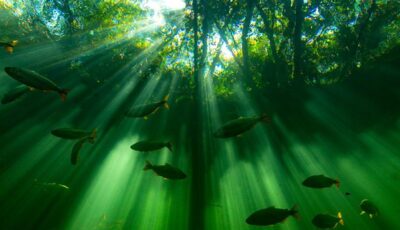
South America | Seven Worlds, One Planet
South America | Seven Worlds, One Planet
South America - the most species-rich continent on earth. From the volcanoes of the Andes to the world's largest rainforest, animals...

Leap for your lunch… | Seven Worlds, One Planet
Leap for your lunch… | Seven Worlds, One Planet
Anacondas are the largest of all snakes, grow to over 200 kilos, and stalk their prey from the water.

South America | Seven Worlds, One Planet
South America | Seven Worlds, One Planet
South America - the most species-rich continent on earth. From the volcanoes of the Andes to the world's largest rainforest, animals...

Leap for your lunch… | Seven Worlds, One Planet
Leap for your lunch… | Seven Worlds, One Planet
Anacondas are the largest of all snakes, grow to over 200 kilos, and stalk their prey from the water.

South America | Seven Worlds, One Planet
South America | Seven Worlds, One Planet
South America - the most species-rich continent on earth. From the volcanoes of the Andes to the world's largest rainforest, animals...

Leap for your lunch… | Seven Worlds, One Planet
Leap for your lunch… | Seven Worlds, One Planet
Anacondas are the largest of all snakes, grow to over 200 kilos, and stalk their prey from the water.

South America | Seven Worlds, One Planet
South America | Seven Worlds, One Planet
South America - the most species-rich continent on earth. From the volcanoes of the Andes to the world's largest rainforest, animals...
More resources about Living Things and Their Habitats

Meat: A Threat to Our Planet?
Meat: A Threat to Our Planet?
From colossal farms in America to the destruction of the Amazon, Liz Bonnin investigates how our hunger for meat is killing our planet.
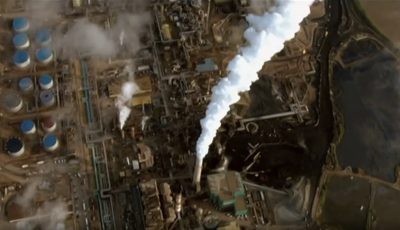
Greenhouse Gases | Climate Change: The Facts
Greenhouse Gases | Climate Change: The Facts
A discussion of the devastating impact of burning fossil fuels.

Amazon deforestation | Meat: A Threat to Our Planet?
Amazon deforestation | Meat: A Threat to Our Planet?
Liz Bonnin witnesses the devastation of the Amazon rainforest from the sky.
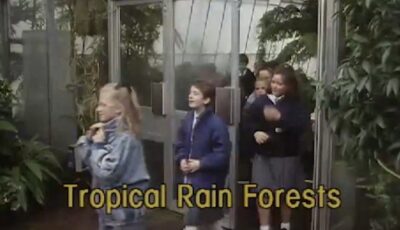
03: Destroying the Forest | Landmarks
03: Destroying the Forest | Landmarks
By the next century, the rainforests of the world could have disappeared for ever, destroyed by outside influences and economic pressur...

9: The Rise Of The Mammals | Life On Earth
9: The Rise Of The Mammals | Life On Earth
Mammals have proved to be one of the most adaptable products of evolution. David Attenborough looks at their evolution from reptil...

Plants in cold environments | The Private Life of Plants
Plants in cold environments | The Private Life of Plants
David Attenborough describes how certain plant species adapt to cold weather.
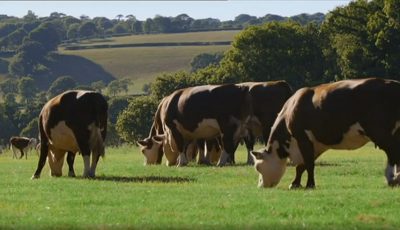
Sustainable meat production | Meat: A Threat to Our Planet?
Sustainable meat production | Meat: A Threat to Our Planet?
Liz Bonnin discusses the importance of understanding the process behind the meat we eat (warning: this clip conta...

The Blue Planet
The Blue Planet
David Attenborough narrates a natural history of the oceans. We travel to the depths of the seas to reveal a spectacular variety of life, some never filmed b...
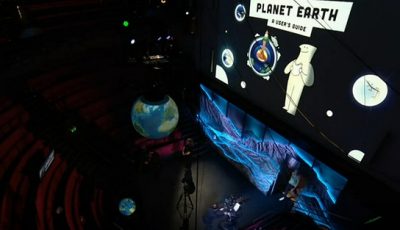
The carbon cycle and global warming | Royal Institution Christmas Lectures
The carbon cycle and global warming | Royal Institution Christmas Lectures
The carbon cycle process is being overwhelmed by the amount of carbon dioxide released into the at...

04: Saving the Forest | Landmarks
04: Saving the Forest | Landmarks
Despite the destruction, there are ways to save the forest, by careful harvesting, protecting, learning, replanting, policing - and campaig...
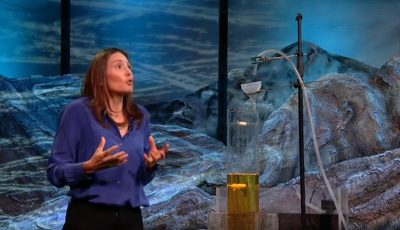
Carbon in the ocean | Royal Institution Christmas Lectures
Carbon in the ocean | Royal Institution Christmas Lectures
Dr Helen Czerski explains how carbon is incorporated into the ocean and how the increase in carbon intake is impac...
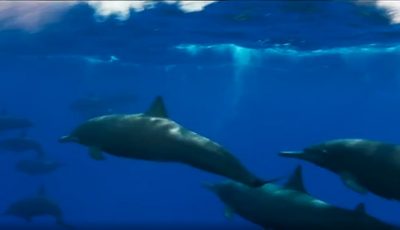
The boiling sea | Blue Planet II
The boiling sea | Blue Planet II
Lantern fish provide a rare banquet for some of the ocean’s top predators.

01: The Living Forest | Landmarks
01: The Living Forest | Landmarks
The Living Forest looks at all the animals & plants that live in the forest on the ground to the forest canopy, & shows how they live in ba...

Cotton production and the Aral Sea crisis | Stacey Dooley
Cotton production and the Aral Sea crisis | Stacey Dooley
Stacey Dooley visits the Aral Sea Basin in Kazakhstan, which has almost entirely dried up due to cotton production.
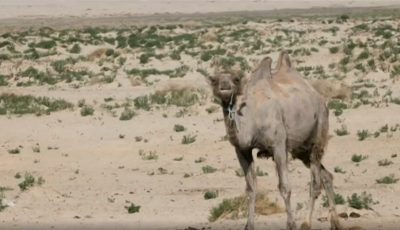
Environmental impact on the Aral Sea | Stacey Dooley
Environmental impact on the Aral Sea | Stacey Dooley
Stacey Dooley visits the Aral Sea Basin in Kazakhstan, which has almost entirely dried up due to cotton production.
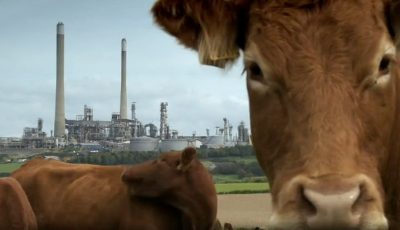
Fossil fuels behind every day food | Natural World
Fossil fuels behind every day food | Natural World
Rebecca Hosking goes through the fossil fuels involved in creating a shop bought sandwich.
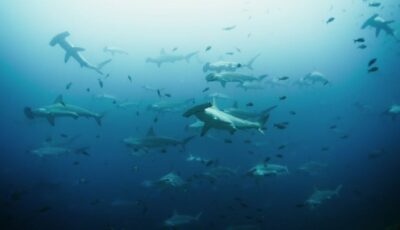
Importance of marine protected areas | A Perfect Planet
Importance of marine protected areas | A Perfect Planet
Spec references J247: B6.1b, B6.1c, B6.1d J250: B6.1b, B6.1c. How an increase of carbon dioxide and overfishing impac...
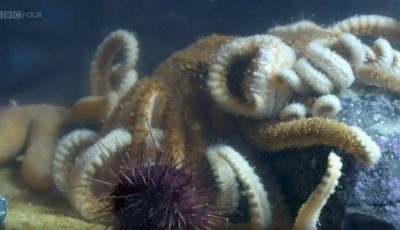
Life in icy environments | The Secret Life of Ice
Life in icy environments | The Secret Life of Ice
Dr Gabrielle Walker investigates how life has evolved in icy underwater environments.
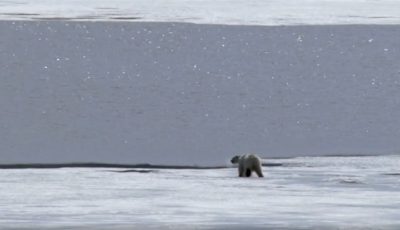
Polar bears' habitat under threat from glacial melt | Planet Earth
Polar bears' habitat under threat from glacial melt | Planet Earth
David Attenborough discusses the effects on polar bears of melting Arctic ice caused by global warming.
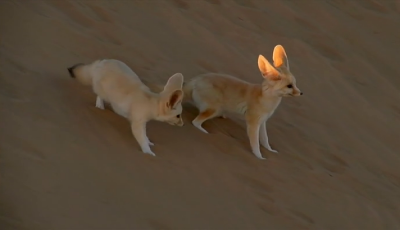
The smallest fox with the biggest ears! | Super Cute Animals (video)
The smallest fox with the biggest ears! | Super Cute Animals (video)
The fennec's ears help it to survive in the heat of the desert dunes.
More from Sir David Attenborough

3: Deserts and Grasslands | Planet Earth III
3: Deserts and Grasslands | Planet Earth III
David Attenborough explores earth's greatest wildernesses, where extraordinary life survives in unexpected ways, and nature puts...

The mystery of the whale shark nursery | Blue Planet II
The mystery of the whale shark nursery | Blue Planet II
Nutrients from the deep provide sustenance for a large gathering of sea life.

Ants vs Cows | Natural World
Ants vs Cows | Natural World
The super colony unites in a spectacular attack to defend their nest from curious cows.

3: Jungles | Planet Earth II
3: Jungles | Planet Earth II
Jungles provide the richest habitats on the planet - mysterious worlds of high drama where extraordinary animals attempt to survive in the most ...

Lizard Heaters | Life in Cold Blood
Lizard Heaters | Life in Cold Blood
Wall lizards take advantage of foul-smelling dead-horse arums.

How Many People Can Live on Planet Earth? | Horizon
How Many People Can Live on Planet Earth? | Horizon
Naturalist Sir David Attenborough investigates whether the world faces a population crisis and if it is the duty of indiv...

7: Great Plains | Planet Earth
7: Great Plains | Planet Earth
Documentary series which celebrates Earth in its natural glory. A look at the great plains - wildernesses which support the greatest gathering...
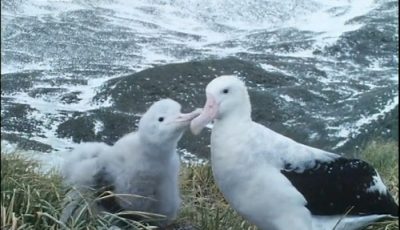
Weighty wanderers | Life in the Freezer
Weighty wanderers | Life in the Freezer
With a wingspan of over 3m, the wandering albatross has the biggest feeding range of any bird. Throughout the winter they remain in n...

Our Precious Isles | Wild Isles
Our Precious Isles | Wild Isles
David Attenborough celebrates the rich variety of habitats in our wild isles, the existence of which is critical for the survival of species ...
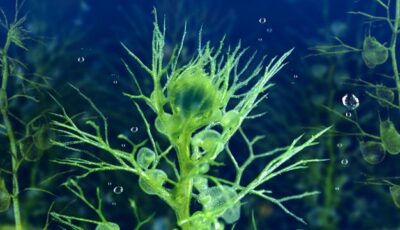
2: Water Worlds | The Green Planet
2: Water Worlds | The Green Planet
A look at the beautiful, bizarre worlds created by water plants. Flowers smother rivers and lakes. Plants fight and hunt. A river bubbles ...
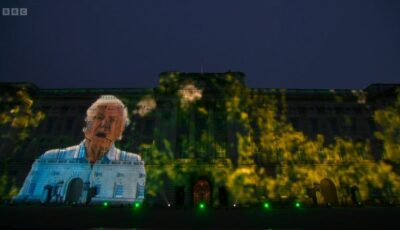
David Attenborough | The Queen's Platinum Jubilee
David Attenborough | The Queen's Platinum Jubilee
David Attenborough speaks about the environment. Also, includes footage of the drones that turn into animals.
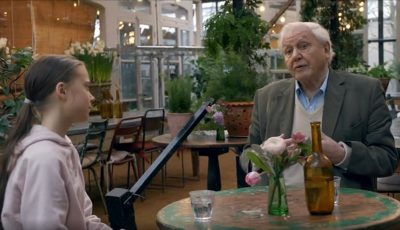
Greta meets David Attenborough | Greta Thunberg: A Year to Change the World
Greta meets David Attenborough | Greta Thunberg: A Year to Change the World
Greta Thunberg and David Attenborough discuss their hopes for the future of the planet.

COP26 delegates and climate scientists | Climate Change: The Facts
COP26 delegates and climate scientists | Climate Change: The Facts
COP26 delegates and climate scientist Hannah Cloke discuss their hopes for the COP26 conference.
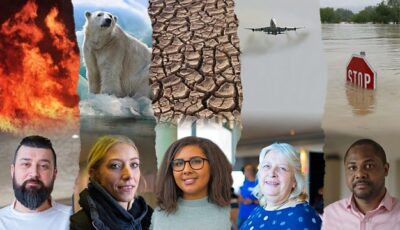
The People v Climate Change
The People v Climate Change
Meet the 108 ordinary Brits who Sir David Attenborough says we should listen to. This warm and honest documentary reveals how everyday people fee...

Mate or die trying | Seven Worlds, One Planet
Mate or die trying | Seven Worlds, One Planet
A male Jotus spider waves it paddle-like limbs to attract a mate.

Poison dart frogs battle it out | Attenborough's Life in Colour
Poison dart frogs battle it out | Attenborough's Life in Colour
A poison dart frog fights off a contender until he's sufficiently warned off.

The Weddell seal's adaptations | Life
The Weddell seal's adaptations | Life
The Weddell seal is perfectly adapted to survive in the environment it must endure.
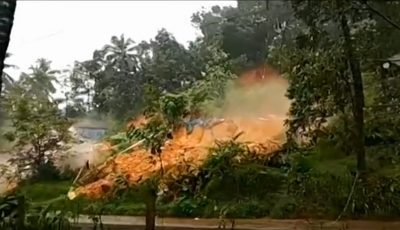
Biodiversity loss | Extinction: The Facts
Biodiversity loss | Extinction: The Facts
An exploration of the devastating impacts of the loss of insect and plant biodiversity.

David, The Ruler | Dynasties
David, The Ruler | Dynasties
One strong and determined leader, David, rules the land, but can trust no one.
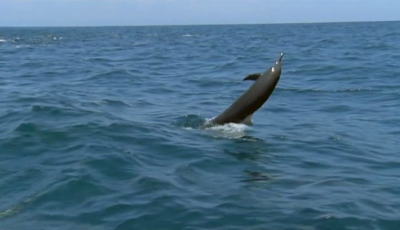
Let's Twist Again | The Blue Planet
Let's Twist Again | The Blue Planet
A super pod of spinner dolphins gather together as feeding has been good in the area.
